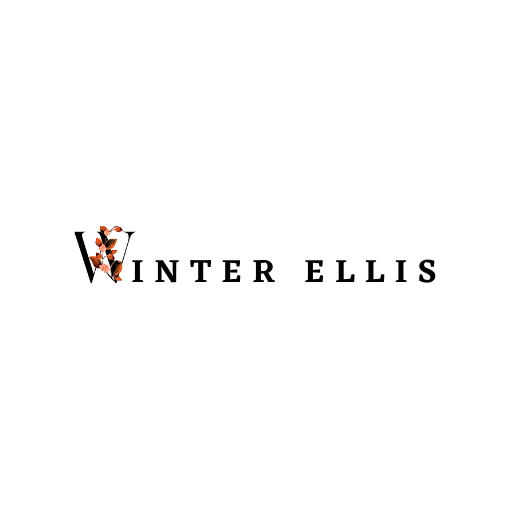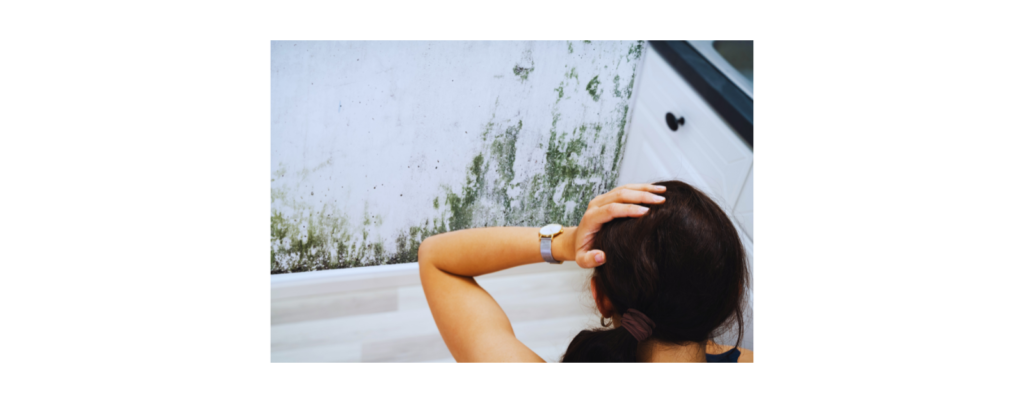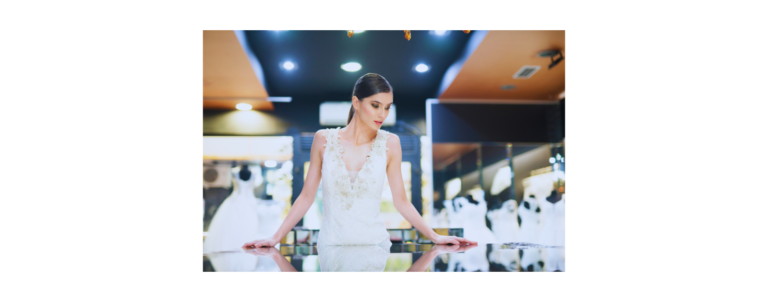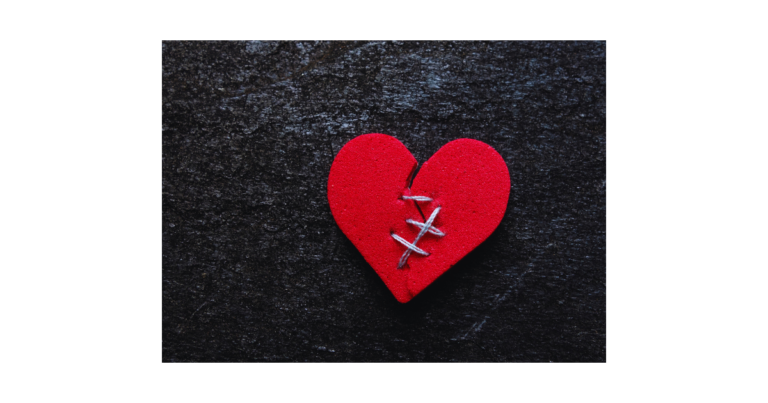Dealing with black mold in damp areas like bathrooms or basements? Learn how to get rid of black mold effectively with this guide. We’ll cover removal methods, safety precautions, and prevention tips to keep your home mold-free.
Key Takeaways
- Black mold, or Stachybotrys chartarum, thrives in warm, moist environments and poses significant health risks, making early identification and prevention critical.
- Effective removal of black mold from surfaces can be achieved using household cleaners like hydrogen peroxide and diluted chlorine bleach, while safety precautions, including protective gear and ventilation, are essential during the process.
- Preventing black mold recurrence involves addressing moisture sources promptly and maintaining indoor humidity levels, with professional assistance recommended for extensive mold infestations or hard-to-reach areas.
Understanding Black Mold
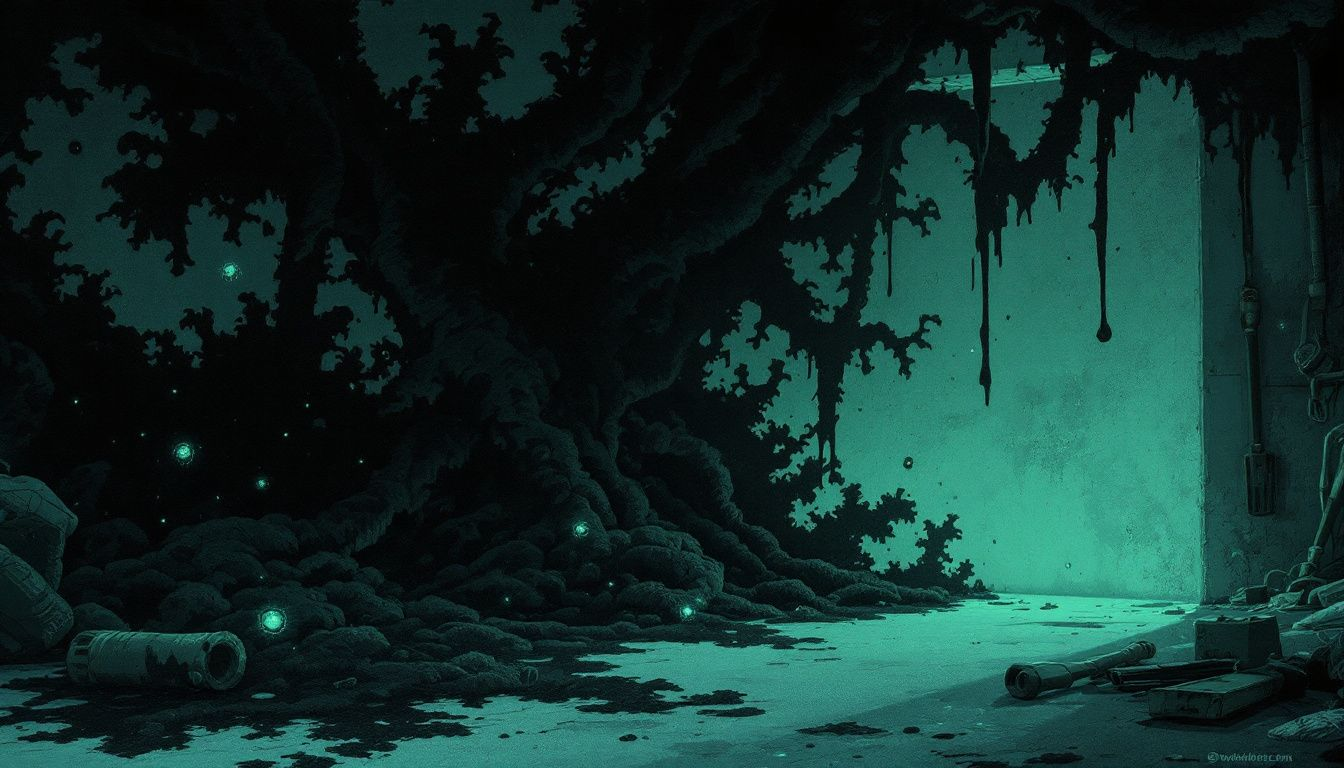
Understanding black mold requires knowledge of its nature and the conditions it favors. Scientifically termed Stachybotrys chartarum, this type of mold typically manifests as dark green or black discolorations in seemingly random circular shapes. It proliferates best in warm and damp surroundings, making places with considerable humidity levels or those that have sustained water damage prime spots for its growth.
The materials that most attract black mold contain cellulose. These include paper products, wooden items, and drywall. Recognizing where this fungus is likely to settle can significantly streamline the process of mold removal.
What is black mold?
Stachybotrys chartarum, commonly known as black mold, is a fungal species recognized by its greenish-black or grayish-black hue. This type of mold flourishes in areas plagued with significant moisture problems like water leakage or elevated humidity levels. If left unchecked, initial small colonies of this mold can swiftly proliferate into large infestations within mere days.
To hinder the growth and spread of black mold, it’s essential to maintain indoor humidity below 60%. Awareness of these characteristics is vital for successfully addressing and managing issues related to black mold.
Common areas where black mold grows
Commonly found in moist or water-damaged environments, black mold frequently appears in areas such as showers, basements, and around windows. The high moisture levels typically present in bathrooms and basements create ideal conditions for the proliferation of mold.
By conducting weekly examinations of these prone locations, it is possible to identify the presence of mold at an early stage which aids in averting widespread growth.
Health Risks Associated with Black Mold
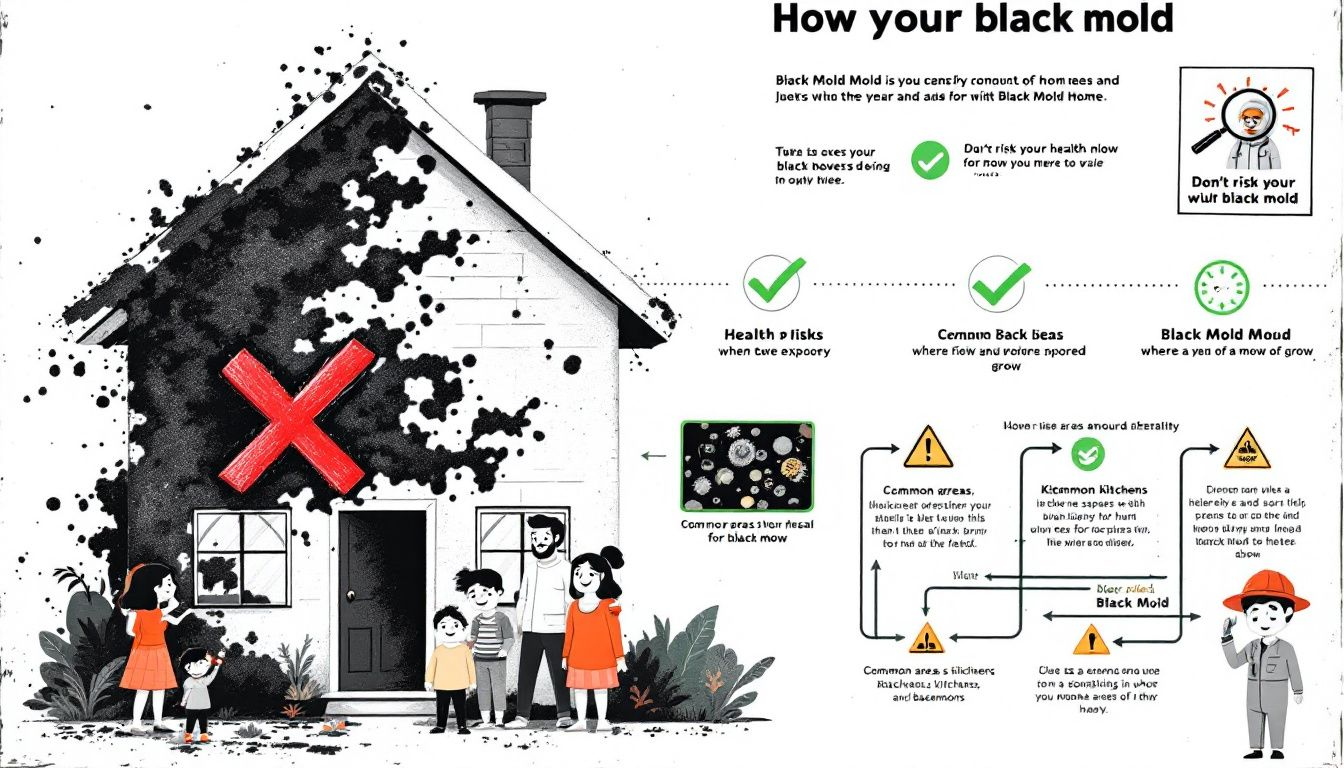
Toxic black mold in your residence is not only a visual problem, but also a serious health concern. This type of mold discharges mycotoxins into the atmosphere, posing dangers to those who breathe them in. The potential illnesses triggered by these mycotoxins vary from mild allergic responses to acute respiratory issues.
Those particularly at risk include people with allergies to mold, compromised immune systems, or ongoing lung conditions. Their susceptibility makes them more prone to experiencing adverse health effects due to exposure to black mold’s toxins.
Symptoms of black mold exposure
Coming into contact with black mold may result in a range of symptoms such as coughing, wheezing, and difficulty breathing. It can cause allergic reactions and skin irritation. These symptoms can appear rapidly, thus addressing issues with mold immediately is crucial to prevent Health issues.
Long-term health impacts
Continuous exposure to black mold can result in significant long-term health complications, especially for those already struggling with conditions like asthma or a weakened immune system. Early detection of potential mold growth is possible through routine inspections for moisture.
Maintaining vigilant surveillance for indications of mold will help curb its proliferation and mitigate the related health hazards.
Essential Safety Precautions
When handling black mold, it is vital to put safety first. The health risks posed by mold spores necessitate taking necessary safety steps. Essential precautions for removing mold involve the use of protective equipment and maintaining good airflow.
Proper airflow is key during the elimination process of mold as it helps control the spread of mold spores.
Protective gear
To protect yourself during mold removal, wear non-latex, vinyl, nitrile, or rubber gloves to prevent skin contact with mold. Long gloves that reach mid-forearm should be used to protect against mold and irritating cleaning solutions.
Goggles that keep out dust and small particles are necessary for eye protection during mold remediation. NIOSH-approved respirators are vital to prevent inhaling airborne mold spores.
Ventilation and containment
During the process of cleaning mold, enhance air circulation by activating fans and unlocking doors and windows. Creating negative pressure within containment zones prevents the dispersion of mold spores to areas that are uncontaminated.
To reduce the migration of mold spores while carrying out remediation, ensure that all air vents and doors within the containment zone are securely sealed.
How to Remove Black Mold from Different Surfaces

Removing black mold requires a combination of the right supplies, know-how, and effort. Monitor the area for visible mold and musty odors after cleaning.
Whether on shower tiles, walls, or wood surfaces, knowing the right techniques can make a significant difference in effectively eliminating black mold.
Removing black mold from shower tiles
To remove black mold from shower tiles, use hydrogen peroxide, diluted chlorine bleach, or a commercial tile cleaner to scrub the stained areas thoroughly.
Post-cleaning, inspect for remaining discoloration and repeat steps if needed until stains are gone.
Cleaning black mold off walls
For cleaning black mold off walls, mix hydrogen peroxide with water in a spray bottle and apply the solution directly to the moldy area. Let it sit for 10-15 minutes, then scrub with a brush and wipe clean.
Another option is to use a bleach solution mixed at one cup of bleach per gallon of water. Apply to the affected area, let it sit for at least 10 minutes, then scrub and rinse thoroughly.
Getting rid of black mold on wood surfaces
In order to eliminate black mold from wooden surfaces, concoct a cleaning mixture consisting of 1 tablespoon of dishwashing liquid and 1/2 cup of chlorine bleach combined with 1 cup of warm water.
For the application process, take a sponge, cloth or brush and thoroughly work the solution into the wood where mold is present to ensure you completely get rid of it.
Using Household Cleaners to Kill Black Mold
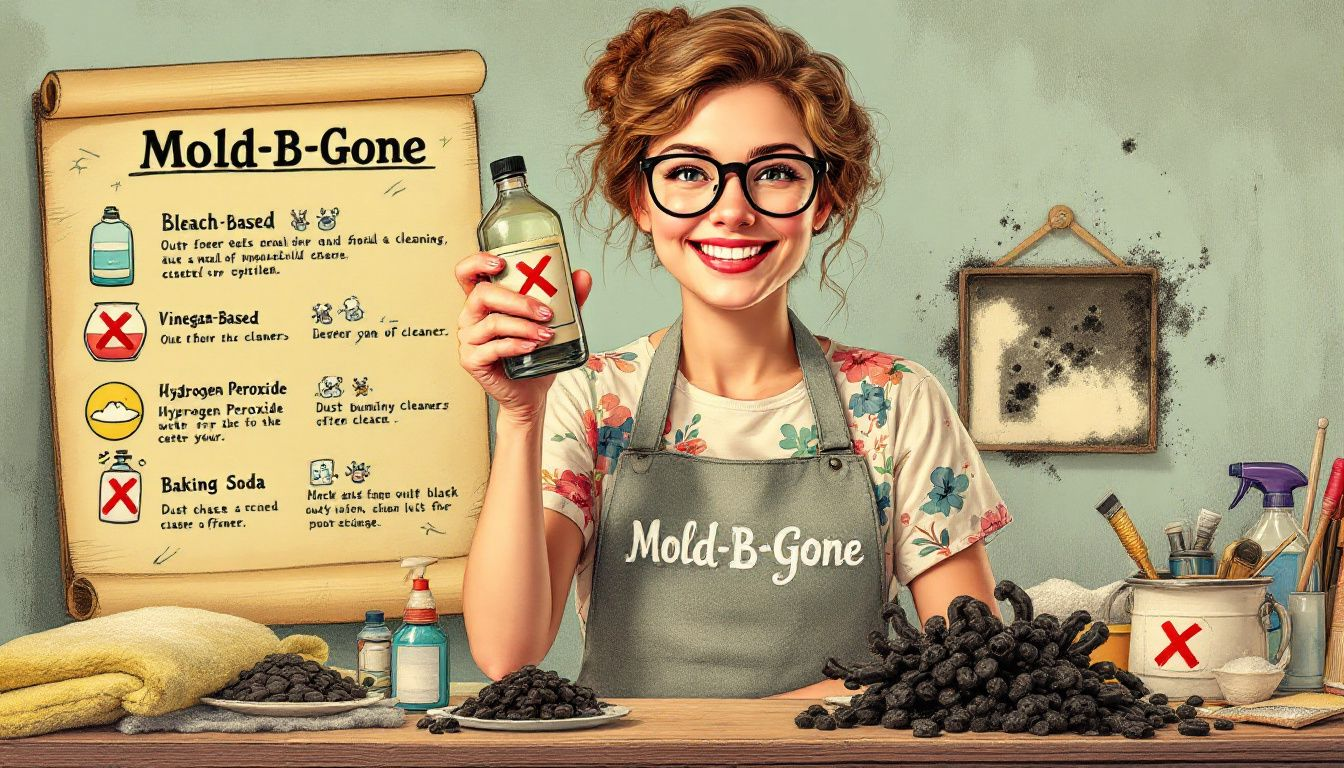
Effective mold removal can be achieved by utilizing everyday household items such as hydrogen peroxide and cleaning vinegar, which are not only affordable but also widely accessible in most homes, thereby avoiding the use of harsh chemicals.
For killing mold, cleaning vinegar is superior to regular white vinegar due to its increased acetic acid concentration. To this, diluted chlorine bleach and commercial tile cleaners prove efficient in eradicating stains caused by black mold.
Hydrogen peroxide and baking soda
When hydrogen peroxide comes into contact with mold, it reacts by fizzing or bubbling, signaling its effectiveness. For optimal results, spray the mold directly with hydrogen peroxide and allow it to sit for a minimum of 15 minutes or until the fizzing ceases.
Creating a paste from baking soda and water is beneficial in assisting with mold removal. Utilizing both hydrogen peroxide and baking soda together can result in an efficacious solution for eradicating mold.
Chlorine bleach solution
When tackling the removal of black mold, especially if other cleaning agents have been unsuccessful, a diluted solution of chlorine bleach can be effective. It is advised to mix 1 cup of bleach with 1 gallon of water for this purpose.
It’s important to maintain good ventilation during the use of bleach in order to prevent breathing in dangerous fumes.
Preventing Black Mold Recurrence
To avert the recurrence of black mold, it’s essential to tackle sources of moisture and adhere to consistent maintenance. Especially in environments with high humidity levels, black mold can expand quickly after water-related incidents. Rapid response to areas affected by water within 24-48 hours is crucial in markedly diminishing the advancement of mold growth.
Addressing moisture sources
Quickly repairing leaks and cleaning up spills reduces the amount of moisture that can cause mold to grow. To decrease indoor humidity, ensure appliances like dryers and stoves vent outdoors.
Employing a dehumidifier is effective for keeping indoor humidity levels low.
Regular maintenance
Regularly clean roof gutters to prevent water accumulation that can lead to mold. Ensure that the ground around your home slopes away from the foundation to prevent water pooling.
Keep indoor humidity between 20-40% in winter and below 60% in warmer months to avoid mold issues.
When to Call a Professional Mold Removal Company
Sometimes DIY methods aren’t sufficient. In cases of extensive mold growth, hard-to-reach locations, or if you cannot identify the source, it’s best to call in the professionals.
Professionals are skilled at locating mold sources. They can effectively eliminate mold from affected areas.
Extensive mold growth
To address extensive mold growth, it is suggested to use a solution composed of 1 tablespoon of dishwashing liquid, 1/2 cup of chlorine bleach, and 1 cup of warm water. When mold growth is widespread, it typically signifies a more significant issue that cannot be resolved with standard do-it-yourself techniques.
The average cost for professional mold remediation is approximately $2,000. This cost can fluctuate depending on the unique conditions present.
Hard-to-reach areas
Eradicating black mold from challenging locations such as attics or crawl spaces carries the potential for harm through falls or other injuries. Experts are equipped with specialized training and sophisticated equipment, including thermal imaging cameras and air scrubbers, which might be inaccessible to property owners.
The hazard of serious health complications arising from contact with black mold in these difficult-to-access spots Highlights why employing professional services is crucial to reducing risks.
Summary
To sum up, black mold is a serious issue that needs immediate attention. Understanding what black mold is, recognizing the health risks, and knowing how to remove it from different surfaces are crucial steps in keeping your home safe and healthy. Safety precautions during removal and preventing its recurrence by addressing moisture sources are essential. Finally, knowing when to call a professional can save you time, money, and ensure your health is protected. Don’t let black mold take over your home – act now and breathe easier.
Frequently Asked Questions
What is black mold and how can I identify it?
Stachybotrys chartarum, commonly known as black mold, is distinguishable by irregular circular patterns of dark green or black staining. This type of mold usually appears on materials such as wood, paper and drywall in areas that are both warm and moist.
Addressing the presence of this mold swiftly is essential to avert any potential health issues it may cause.
What are the common symptoms of black mold exposure?
Being exposed to black mold can lead to immediate symptoms including coughs, wheezing, difficulty breathing, allergic reactions and skin rashes.
It is essential to deal with the presence of mold quickly in order to reduce potential health hazards.
What protective gear should I wear when removing black mold?
It is essential to wear protective gear, including non-latex gloves that reach the mid-forearm, goggles, and a respirator certified by NIOSH when eliminating black mold. This equipment shields against particulates and mold spores during removal.
How can I prevent black mold from returning after removal?
To ensure that black mold does not reappear after its elimination, it’s essential to tackle sources of moisture. This involves quickly repairing any leaks, ensuring appliances that generate moisture are well-ventilated, and keeping the indoor humidity under 60%.
Carrying out routine upkeep tasks like gutter cleaning and confirming that drainage is functioning correctly is vital in preventing mold recurrence.
When should I call a professional mold removal company?
You should call a professional mold removal company if you encounter extensive mold growth, find mold in hard-to-reach areas, or cannot identify the source of the mold.
Their expertise and tools ensure effective elimination and safety for your home.
